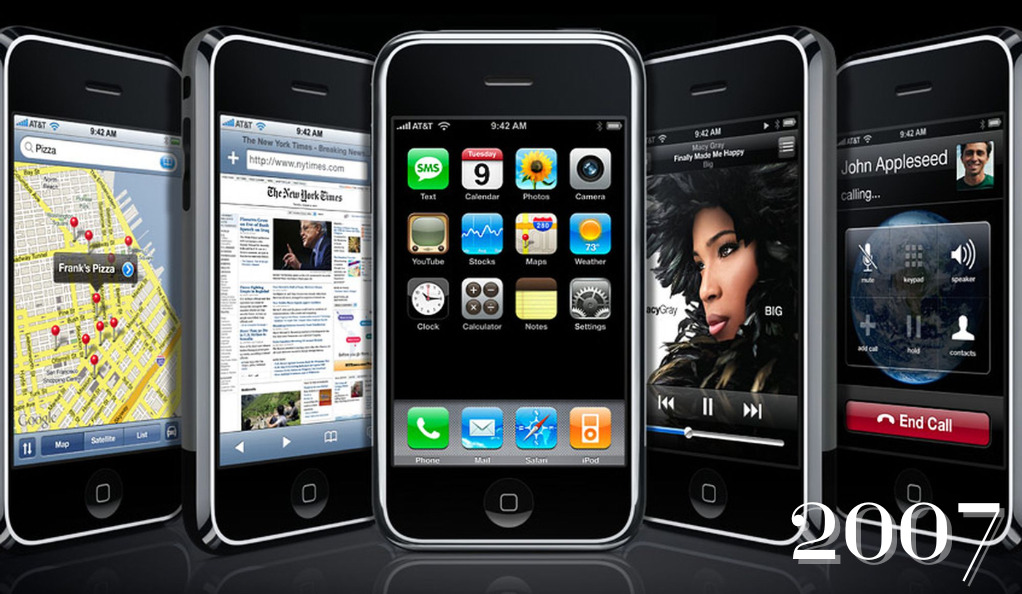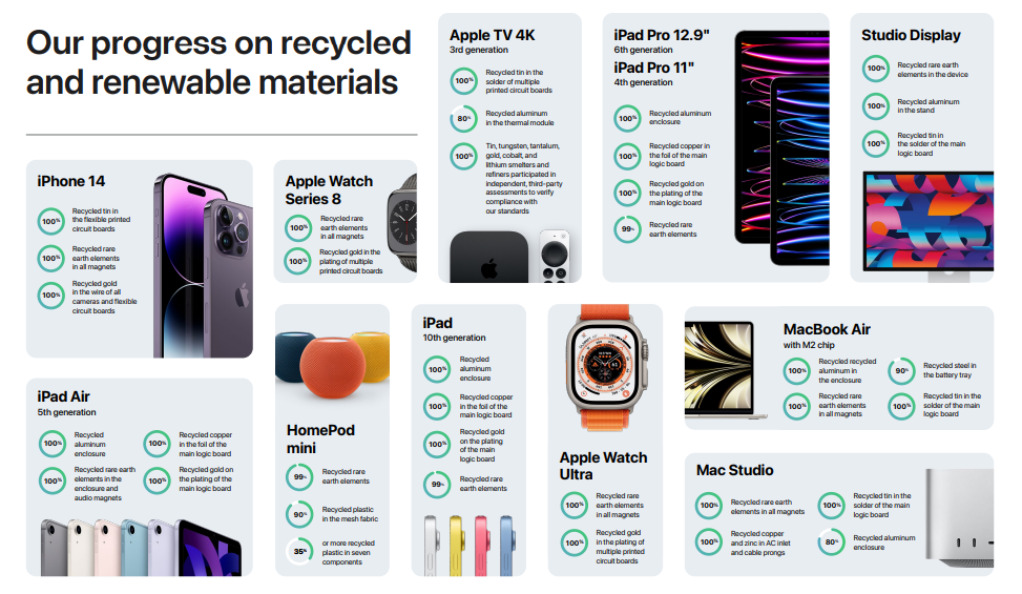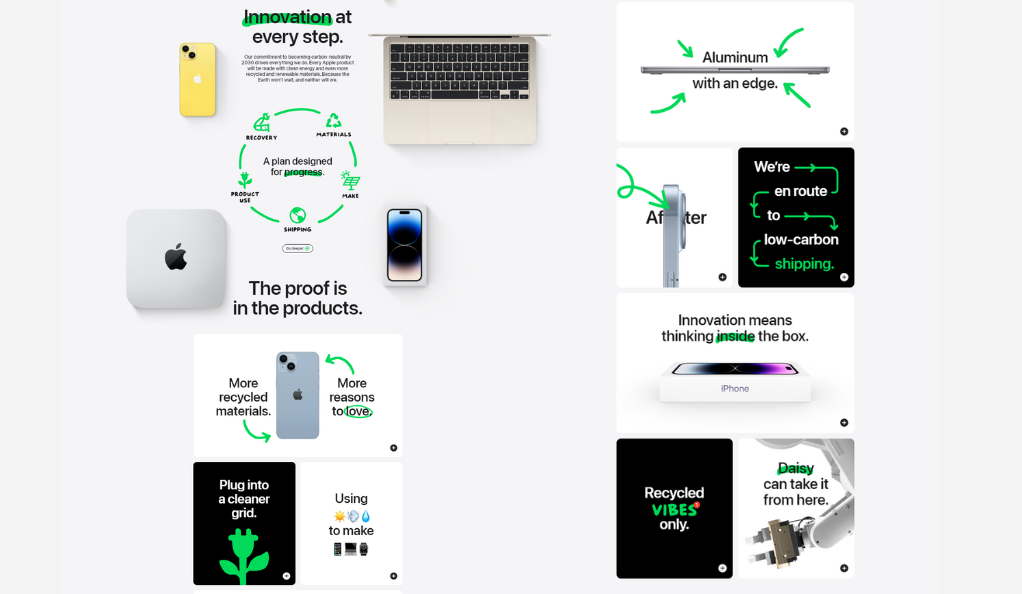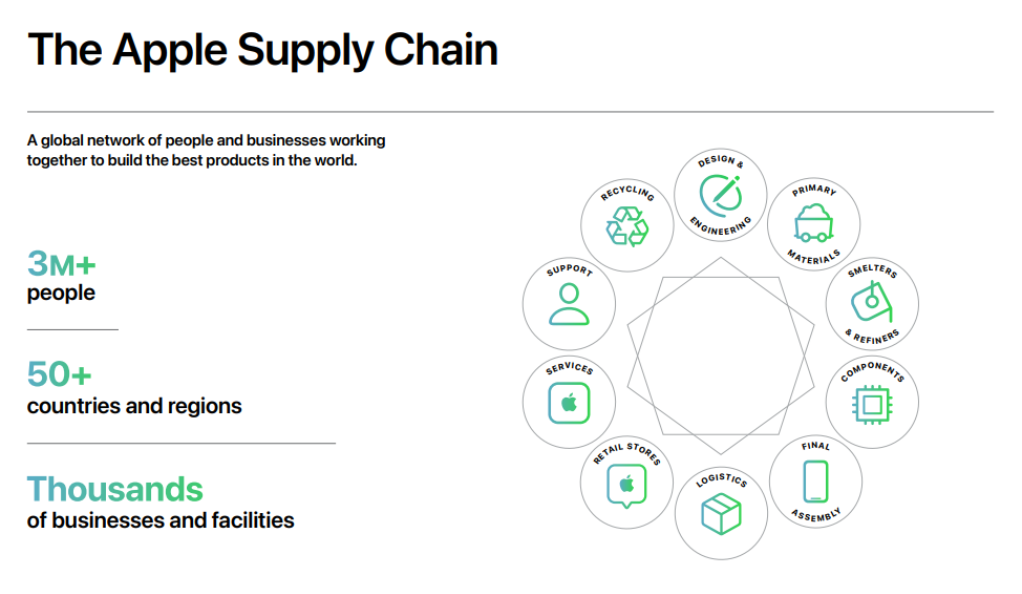In this article, we will take a deep dive into the financial performance of one of the most renowned tech giants in the world – Apple Inc. With its headquarters in Cupertino, California, Apple has revolutionized the technology industry over the years. We will explore the company’s historical stock performance, financial highlights, key products, and factors that have influenced its success. Let’s embark on the journey of Apple Inc.’s stock analysis to gain a comprehensive understanding of this tech behemoth’s growth and resilience.
Contents
- 1 A Brief Overview of Apple Inc.
- 2 Historical Stock Performance
- 3 The Rise of iPhone
- 4 Expanding Product Portfolio
- 5 Financial Highlights
- 6 Global Market Presence
- 7 The Power of Branding
- 8 Technological Innovation
- 9 Managing Supply Chain Challenges
- 10 Environmental Initiatives
- 11 Navigating Regulatory and Legal Challenges
- 12 COVID-19 Impact
- 13 Stock Split and Market Capitalization
- 14 Future Prospects
- 15 Conclusion
- 16 FAQs
A Brief Overview of Apple Inc.
Founded in 1976 by Steve Jobs, Steve Wozniak, and Ronald Wayne, Apple Inc. started as a computer company. It quickly gained popularity with the launch of iconic products like the Macintosh, iPod, iPhone, and iPad. Today, Apple is known not only for its hardware but also for its software and services. It has a vast ecosystem that includes the App Store, iCloud, iTunes, and more.
Historical Stock Performance
Apple’s stock journey has been nothing short of remarkable. From its initial public offering (IPO) in 1980 to the present day, the company has experienced significant ups and downs. In the early 2000s, Apple faced financial struggles, but the introduction of the iPod and later the iPhone changed the game entirely.
The Rise of iPhone
The iPhone, launched in 2007, was a game-changer for Apple. It redefined the smartphone industry and catapulted the company’s revenue and stock to new heights. The seamless integration of hardware, software, and services made the iPhone a must-have device for millions worldwide.

Expanding Product Portfolio
In addition to the iPhone, Apple continued to innovate and expand its product lineup. The iPad, MacBook, Apple Watch, and various accessories have contributed to the company’s growth. Apple’s ability to create a strong ecosystem has kept customers loyal and drawn in new ones.

Financial Highlights
Apple’s financial performance has been nothing short of extraordinary. With each passing year, the company’s revenue and net income have consistently grown. The ability to generate substantial cash flows has allowed Apple to invest in research and development and strategic acquisitions.
Global Market Presence
Apple has a strong global presence, with a significant portion of its revenue coming from international markets. The company’s brand reputation and customer loyalty have enabled it to thrive in various countries, even in the face of stiff competition.
The Power of Branding
Apple’s brand image plays a crucial role in its success. The company’s marketing strategy, focused on simplicity, elegance, and innovation, resonates well with consumers. The “Apple” logo has become synonymous with quality and style.
Technological Innovation
Apple’s commitment to innovation has been a driving force behind its growth. The company continues to push boundaries with cutting-edge technology, such as facial recognition, augmented reality, and advanced chipsets.

Managing Supply Chain Challenges
With a vast global supply chain, Apple faces various challenges, including sourcing raw materials, manufacturing, and distribution. The company’s ability to manage these complexities effectively has been instrumental in maintaining its market leadership.

Environmental Initiatives
Apple has taken significant strides in becoming more environmentally responsible. The company is committed to reducing its carbon footprint, using renewable energy, and recycling its products responsibly.
As a prominent player in the tech industry, Apple has faced regulatory and legal challenges over the years. Antitrust issues, privacy concerns, and patent disputes have tested the company’s ability to navigate through turbulent waters.
COVID-19 Impact
The COVID-19 pandemic had a profound impact on businesses worldwide, and Apple was no exception. Supply chain disruptions and temporary store closures presented challenges, but the company’s resilience and digital presence helped mitigate some of the adverse effects.

Stock Split and Market Capitalization
In 2020, Apple executed a 4-for-1 stock split, making its shares more accessible to investors. This move, coupled with robust financial performance, catapulted Apple’s market capitalization to record levels.
Future Prospects
The future looks promising for Apple, with the continued growth of its product and service offerings. The company’s focus on innovation, customer experience, and sustainability sets the stage for further success.
Conclusion
Apple Inc. has come a long way since its humble beginnings in a garage. It has become a global tech powerhouse, revolutionizing multiple industries along the way. Through its relentless commitment to innovation, strong branding, and customer-centric approach, Apple continues to dominate the technology landscape. As an investor, understanding Apple’s stock performance and its journey as a tech giant can provide valuable insights into the company’s potential for the future.
FAQs
No, Apple has diversified its portfolio to include software, services, and accessories, contributing significantly to its revenue.
Apple’s branding revolves around simplicity, elegance, and innovation, which resonates well with consumers.
The pandemic led to supply chain disruptions and temporary store closures, impacting Apple’s operations. However, its digital presence and resilience helped mitigate some challenges.
Apple has made efforts to reduce its carbon footprint, use renewable energy, and implement recycling initiatives.
Apple has encountered issues related to antitrust, privacy, and patent disputes, requiring strategic navigation through legal complexities.
At DailyTrendingStocks, we are dedicated to providing impartial and dependable information on topics such as cryptocurrency, finance, trading, and stocks. It's important to note that we do not have the capacity to provide financial advice, and we strongly encourage users to engage in their own thorough research.
Read More